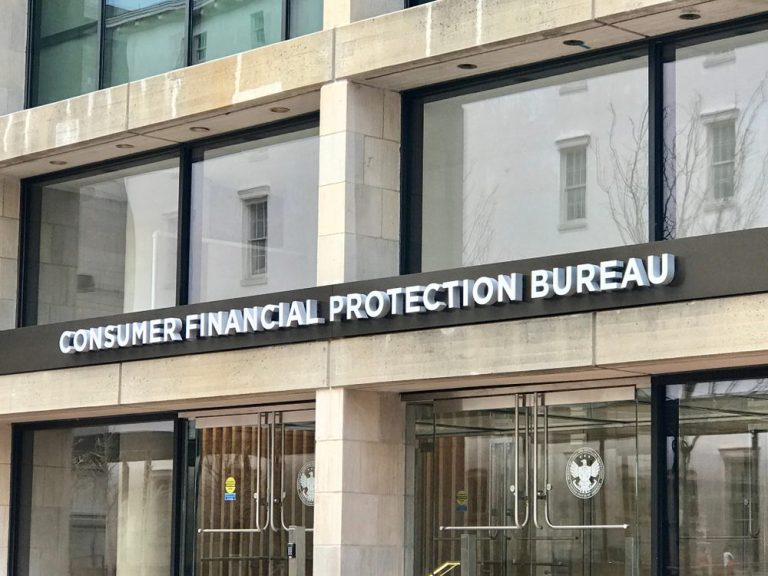
The Biden administration’s targeting of credit card late fees may lead to unintended consequences.
Among those consequences: Stifling consumers’ embrace of banks’ innovations designed to avoid late payments in the first place. Those innovations include digital reminders and grace periods that are designed to keep payments timely.
As reported Wednesday, a rule being put forward through the Consumer Financial Protection Bureau would limit the typical late fee from around $30 to $8, thus saving consumers up to $9 billion a year.
In terms of how the fees would be assessed, as PYMNTS reported Wednesday, the CFPB proposal would also cap late fees at 25% of the required minimum payment, changing the current rule, which lets card companies charge late fees that are 100% of the minimum payment the customer owes.
We note that the rule does not require congressional approval, so the path toward making the new limit a reality is smoother than if it went through the usual channels on Capitol Hill.
Though capping the fees would immediately reduce the penalties paid by a subsegment of banks’ customers, the ripple effects might be considerable. The Federal Reserve has estimated that late and other fees comprise about 16% of profitability. Profits, of course, drive the innovations that benefit the financial services ecosystem as a whole.
The innovations include ways to keep consumers on track to improve their financial health, avoiding late payments in the first place and ultimately building better credit.
Most card issuers offer grace periods on late payments. And the great digital shift has given rise to digital channels whereby issuers remind consumers — weeks in advance — when a payment is due. The confusion and clutter of the traditional paper statement and the mistiming of paying with checks is rapidly falling by the wayside.
Digital and Direct Communication
Email reminders and even text links bring users directly to payment pages that allow payment obligations to be satisfied in a click or two — or to change payment due dates. The direct channels of communication offer up a level of transparency about payment obligations and timing of same, and also foster communication between borrowers and issuers that can be collaborative should an individual find themselves in financial hardship (and one effective strategy might be paying the minimum until the hardship has been managed).
The Bank Policy Institute has argued that, in principle, late fees keep consumers from opening too many accounts. The fees also, in the institute’s estimation, “help consumers focus on financial consequences of their spending decisions and avoid miscalculations whereby they would be unable to make required payments. This role of late fees promotes better financial decision-making by consumers and reduces banks’ exposure to delinquency risk” and enables them to offer credit to more borrowers.
It may be the case that the $8 fee winds up being viewed, at least by some consumers, as a manageable cost of taking on credit card debt that ultimately winds up being less than optimal and, indeed, rife with unintended consequences — for themselves, and for the issuers, too.